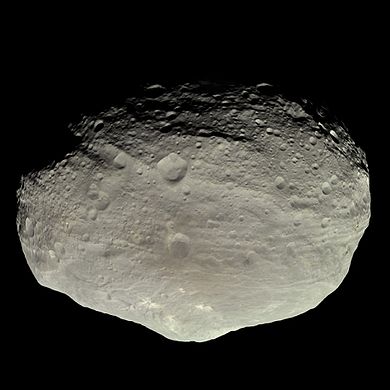December 2023 is an exciting month for skywatchers with the most meteors and the brightest asteroid. Learn how to view these special events.
December 1-2 starts your opportunity to see Asteroid Vesta, the brightest asteroid visible from Earth.
It is at opposition, meaning it is directly on the opposite side of Earth from the Sun, and at its closest and brightest for the year. This is a good time to try viewing it with binoculars or a small telescope. Look for it to move northward in the sky between Gemini and Orion during the month. Use your favorite skywatching app to locate its precise position on the night you’re observing.
December 7-10 Venus rises in the morning.
Catch the slimming crescent of the Moon each morning over four days, as it rises together with Venus and bright star Spica, in the east during the couple of hours before sunrise. The planet Venus will be at its greatest western elongation, meaning it will be visible in the morning sky for a longer duration than usual.
December 13-14 the peak of Geminids meteor showers.
August’s Perseids may have the nicer weather, but the Geminids have the numbers. The Geminids meteor shower occurs all month, but peaks December 13–14. The dates correspond with the new moon, so the view could be amazing. Check them out both at night and pre-dawn. It is one of the most reliable meteor showers of the year and is known for producing up to 120 multicolored meteors per hour.
December 21 the longest night of the year is great for skywatching and sleeping.
The winter solstice will occur on this day, marking the shortest day and longest night of the year in the Northern Hemisphere.
December 22-23 Ursid meteor shower in the early morning hours.
The peak of the Ursid meteor shower will occur on these days. This meteor shower is known for producing around 5-10 meteors per hour .
You can’t buy a Geminids Meteor, but you can Name a Star.

